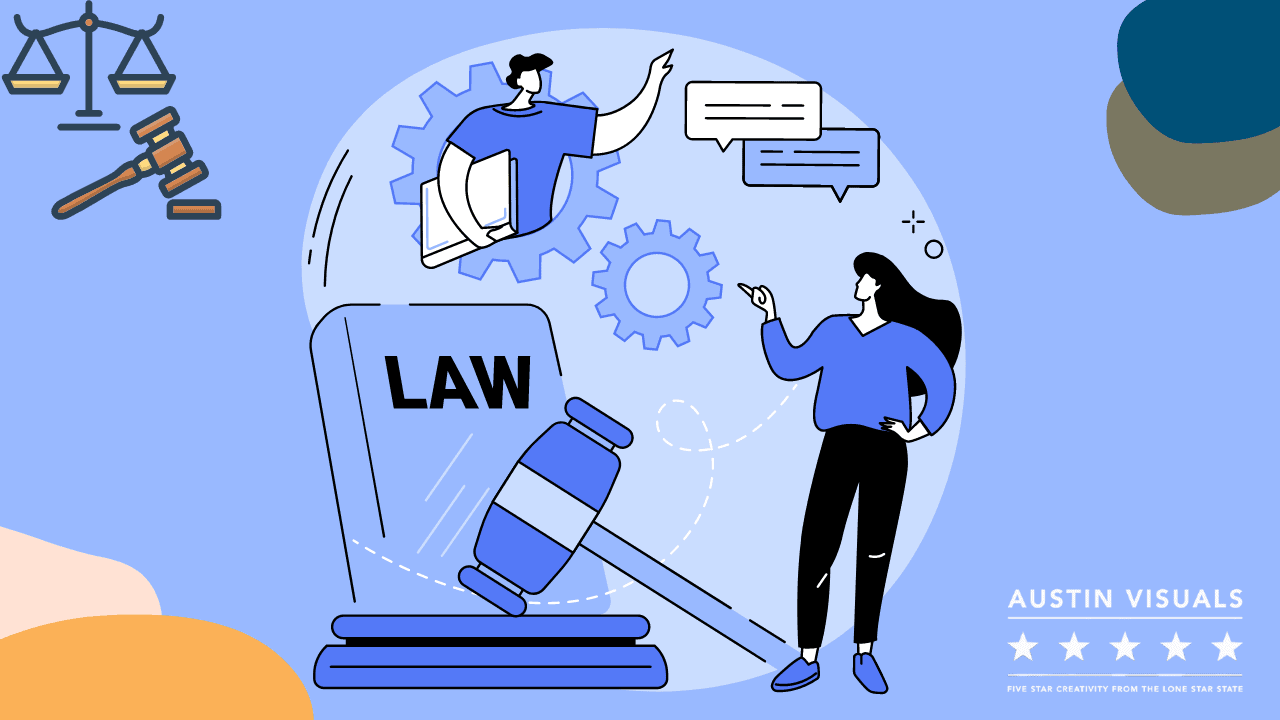
How a Law Graphics Designer Can Make Your Exhibits More Effective
Using great law graphics is the ultimate combination of technology and art. These professionals know how to use the right size fonts, determine the ideal size of exhibit board, match the color of photographs, and make sure your exhibits are admissible. If you have a complex case, consider hiring a legal graphics designer to create your exhibits. We’ll walk you through the process from start to finish. Here are some tips:
Courtroom Animation
Using courtroom animation to present evidence is a powerful tool for attorneys. These animations often include scientific tools and other demonstration techniques. They also demonstrate the effects of chemical compounds on health and the process of a surgical procedure. Creating courtroom animations can be expensive, with hundreds of thousands of dollars needed for workstations and animators. Here are three tips for creating an effective and informative animation.
If you’re trying to convince a jury that an injury case was caused by a defective product, an animation may help. Consider the size of the case and whether it would benefit from an animation. If the case involves an internal workings of a machine or pollution, a visual will be helpful. You also want to ensure that you’re not spending more than necessary.
Trial Graphics
Trial graphics can simplify complicated legal cases. Through the process of trial graphics design, essential themes are clarified and tools are developed to help jurors understand what the case is about. Trial graphics are made using dozens of real-life full-color courtroom illustrations and online resources. Trial graphics are used in a variety of ways, and each one should be designed for the particular case. Here are some ways trial graphics can simplify your case:
Animated charts and timetables can show complex information, such as scientific processes or microscopic evidence. Animated charts and timetables make complex information clearer and easier to understand, which can help persuade jurors. Trial graphics can also be used in cases of medical malpractice, which involve complicated medical issues. Trial graphics are an invaluable tool for these types of cases. But they’re not for everyone. If you’re unsure about how to use trial graphics, try to also get a consultation with an attorney who specializes in trial graphics.
Anatomical Diagrams
Anatomical diagrams in law graphics are essential for the practice of law. They help attorneys present evidence more effectively and efficiently. The diagrams can also illustrate the definite principles of graphic representation. A modern anatomical diagram can demonstrate the skeletal muscles, nerves, and organs in human anatomy.
Anatomical diagrams in law graphics are also used to communicate the relationship between facts and figures. These diagrams make complex data more easily understood and give key information from voluminous data. In some cases, they feature original illustrations. The legal profession has become increasingly visual, so medical diagrams are crucial in presenting the legal system. Regardless of their use in courtrooms, they are essential to the success of the practice of law.
Interactive Timelines
There are many different types of interactive timelines in law graphics, but they share some important characteristics. They allow for the creation of a visual literature review. Among the main goals of a timeline is to visualize change over time and space. To create a timeline, you must first decide what the purpose of the timeline is. Then, you must organize your research and decide the order of information that will be included on the timeline. Once you have determined the purpose of the timeline, you can begin to input all of the information into the timeline.
One of the benefits of an interactive timeline is that the viewer can drill down and click on each entry. This type of timeline can also make it easier for the audience to see important events that took place in a specific period of time. It also has the benefit of allowing users to see the timeline as it evolved over time. While a static timeline can help to convey the message of due diligence, it can also be unreadable and confusing to the audience. For this reason, many attorneys choose to use an interactive timeline.
Interactive Maps
Law firms have long been a part of the legal community, but there is a growing need for them to make their data more accessible and compelling. Interactive maps of law are an excellent way to do just that. By creating a map with law-related data from all over the world, law firms can quickly and easily compare the laws of different countries. It also doesn’t matter where you are in the world, you can access these maps with the click of a button.
One of the most fascinating applications of interactive maps is the Supreme Court Mapping Project, a collaborative research project aimed at improving teaching and learning about Supreme Court doctrine. This project developed an online tool called Mapper, which is available for free. A desktop version is available on request. You can use it to explore the legal history of all 50 states. Once you’ve created a map, you can quickly navigate to the courthouses and find key information.
Interactive Motions For Summary Judgments
Using interactive motions for summary judgment in law graphics helps attorneys to convey their cases to juries and sway their decisions. Trial graphics are not as detailed as full-blown animated exhibits, but can provide valuable information to viewers. Interactive timelines, maps, and processes also help jurors better understand a case’s events. This information is crucial in convincing jurors and impressing attorneys. In addition, interactive motions for summary judgment can persuade juries to take the plaintiff’s side.
One example of an interactive motion for summary judgment in law graphics involves a case in which T+Ink, Inc. moved for summary judgment dismissing the complaint. T+Ink, Inc. has developed and patented technologies that enable consumers to engage with the retail sector. Its technologies allow for product security and engagement. Ultimately, the company approached Interactive Graphics Corporation for licensing its interactive applications for use on food carrying cases.




